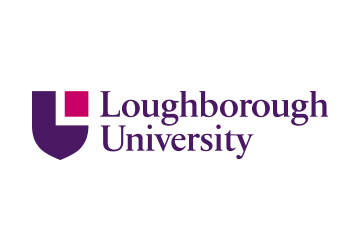DISTINCTIVE is a multi-disciplinary collaboration of 10 universities and 3 key industry partners from across the UK’s civil nuclear sector.

PhD/PDRA – PDRA
Academic Lead – Nick Evans
Researcher: Oliver Preedy
University – Loughborough University
LU is about to invest in state-of-the-art Time Resolved Laser Fluorescence Spectroscopy (TRLFS) for active work. We propose using this technique to investigate dissolution and corrosion rates of uranium fuels.
TRLFS differentiates the chemical species of a fluorescent metal ion through analysis of characteristic excitation spectra and decay (relaxation) lifetimes. The principal advantage over other advanced spectroscopic techniques is the ability to determine in-situ metal speciation at environmentally relevant (picomolar) concentrations. This is essential when dealing with incipient corrosion of speciality metals or the alteration of ceramic and other materials used in the nuclear fuel cycle. TRLFS has largely been applied to the analysis of actinide and lanthanide ions having fluorescence decay lifetimes of microsecond duration (e.g. UO22+, Cm3+, Eu3+), but continuing development of ultra-fast, cryogenic TRLFS systems offers the possibility for the first time of obtaining speciation information on metal ions with fluorescence decay lifetimes on the order of picoseconds. The technique is not currently available for nuclear materials research in the UK, though it has been used by LU researchers in Germany to identify ultra-thin films of alteration products on the surface of depleted uranium; it could be applied to natural or enriched uranium samples in the same way. It is a much more sensitive technique than XRD, for example, and also provides information on oxidation state; U(VI) phases emit characteristic fluorescence signals and can be distinguished from an unaltered U(IV) subsurface.
Back to Top